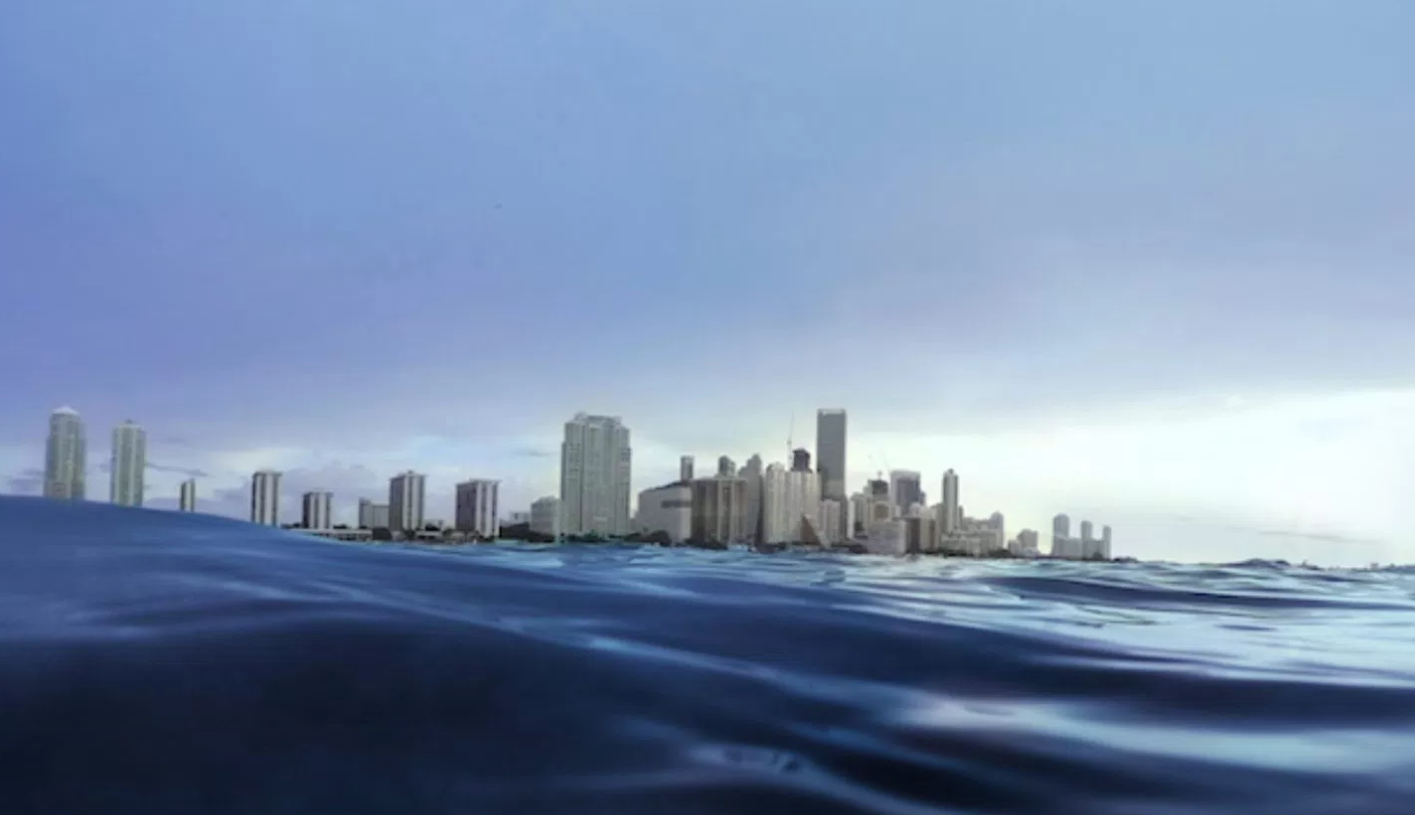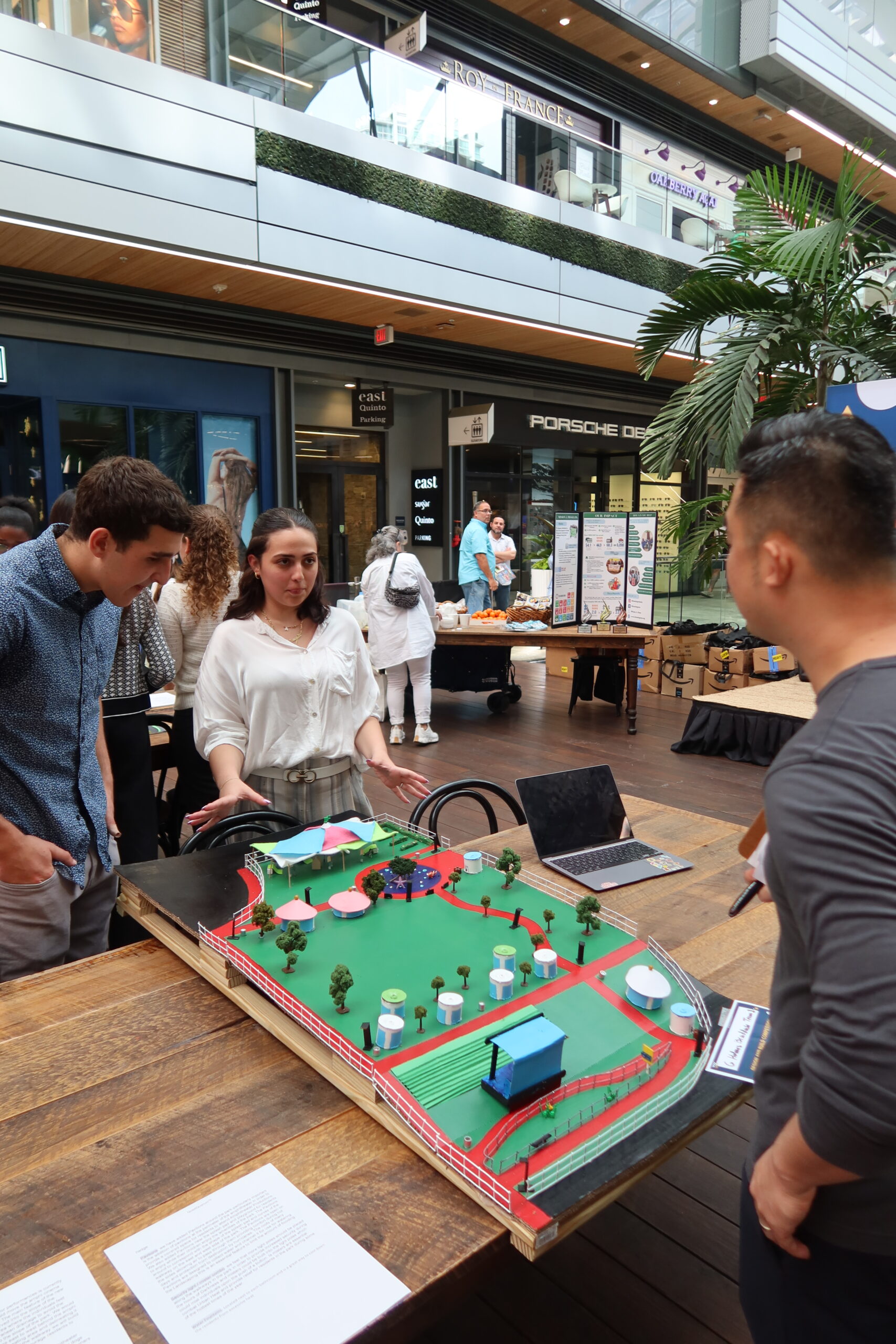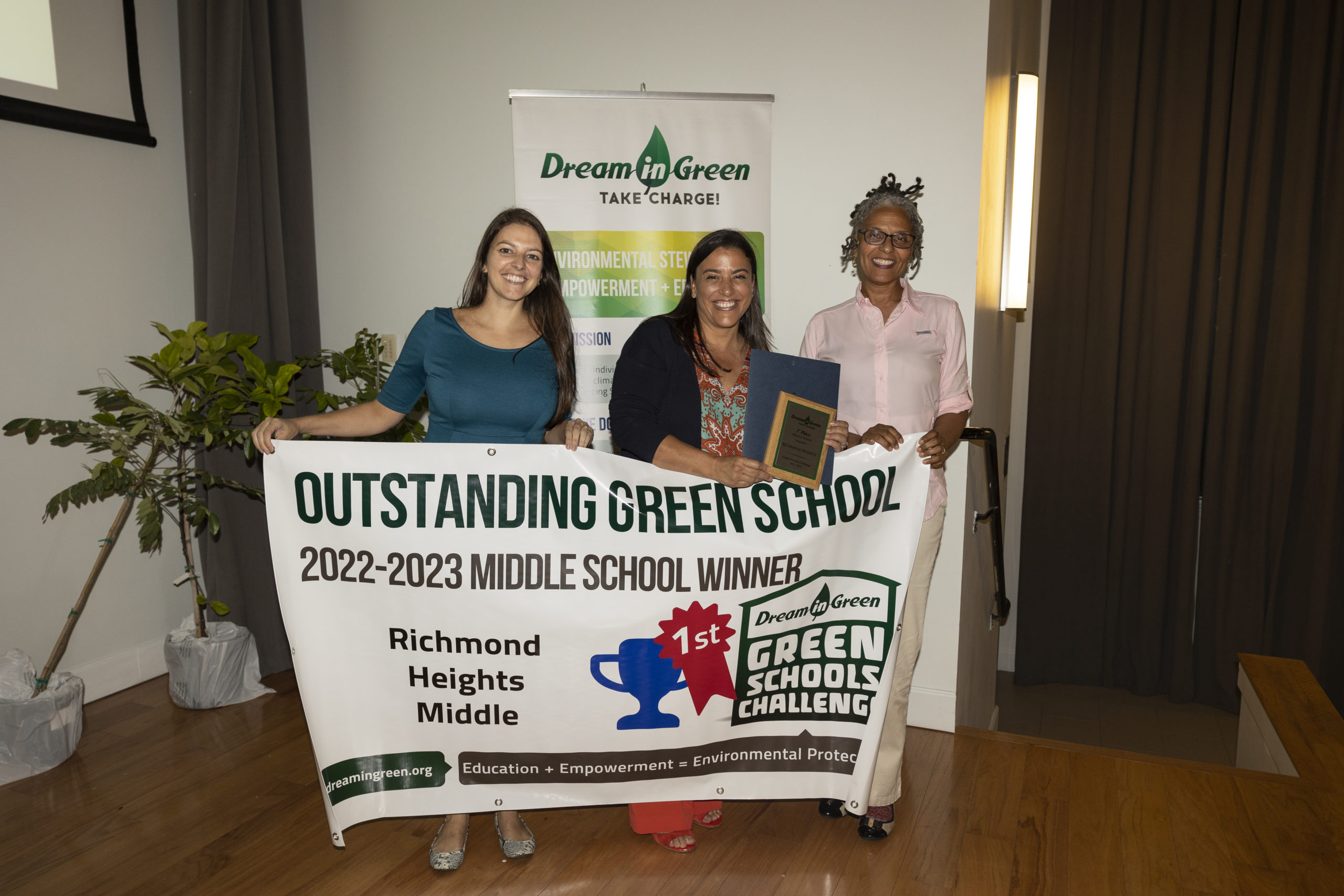U.S. journalists continue to struggle to tell stories of rising seas, leaving the public and policymakers either in the dark about environmental change or uninformed about the challenges and potential solutions.
While local newspapers, for instance, have increased their coverage – according to a 2016 report from George Mason University on media coverage of sea level rise and climate change – coverage from national news outlets, particularly broadcast and cable, has been more uneven, with climate news largely ignored[1].
We also know that tenets of effective environmental journalism that engages audiences with science and solutions foremost must be grounded in accurate reporting and human storytelling. Only when users can interact with stories from other people can they truly begin to understand the implications of what the future will look like in a warmer, wetter world.
With that in mind, our students at Florida International University’s Department of Journalism + Media are using virtual reality to tell stories of rising seas in South Florida, immersing users in science journalism that moves users beyond awareness and into action. Multimedia journalism and environmental communication surrounding sea level rise that immerses users in 360-by-180 videos that apply lessons of science, architecture, development, and potential impacts on everyday life through animation, personal stories, and accurate reporting.
Their efforts are funneled through collaborations of creative communication to reach wide audiences and are collected on a single site – eyesontherise.org. Still, virtual reality can’t make change on its own. We need a multi-layered approach.
Here’s a snapshot of the projects, which can be viewed at eyesontherise.org/virtualEYES, a space that gathers multiple modes of communication:
- (Virtual) Storytelling: Students’ stories range from simple and calming experiences within Miami’s Mangroves to explanations of how neighborhoods are challenged with frequent flooding (http://eyesontherise.org/virtualeyes/try-our-vr).
- Digital Music: Creating digital music from water data (http://eyesontherise.org/virtualeyes/digital-music-project).
- Environmental, Interdisciplinary Theatre: In April 2017, students took environmental journalism, public data, science, acting, prose, music, art, dance, data visualization, and virtual reality to stage through a community and interdisciplinary theatrical production (eyesontherise.org/aseachange) to assist communicators in discussing the difficult truths and challenges in a way that engaged audience members and their communities to shape solutions for the public good.
- Digital Curation and Communication: To ground virtual reality and multimedia journalism in accurate science and communication research, our project uses – and promotes – a student-led digital curation and archiving project (http://submergingsunshine.omeka.net) that is useful in local environmental reporting and in community education and engagement by extending the work of FIU scientists and students beyond campus communities
- Research: Student engagement with communities, journalists, and scientists published scholarly research about effective environmental journalism ((http://www.robertgutschejr.com/wp-content/uploads/2011/01/Sea-level-journalism-practice.pdf) and shared through social media, which attracted journalistic attention to South Florida from outlets such as National Geographic, The Washington Post, NBC’s TODAY, and the BBC.
- International Collaboration: Working with MIT, Stanford, and other universities to bring South Florida’s stories of sea level rise to the world (http://www.vrbeforeitstoolate.org).
More of the FIU School of Communication + Journalism work can be viewed at the award-winning eyesotherise.org website, including:
- The web-based app that visualizes South Florida at sea level increases of up to six feet and has functionality for citizen science initiatives to record flooding
- The award-winning documentary, “South Florida’s Rising Seas,” and the student produced web series that led to a second documentary, “South Florida’s Rising Seas: Impact”
- Details of student work from curricular innovations and events
- Collaborative event productions, such as King Tide Day(s), with groups such as the FIU Sea Level Solution Center, the CLEO Institute, Union of Concerned Scientists, and others, to bring more awareness to flooding due to annual high tides worsened by sea level rise
Innovations in journalism education like these are necessary to train tomorrow’s newsroom entrepreneurs to convey the urgency and scope of the climate crisis, one that also responds to a shift in terms of national and international media attention to related issues.
The New York Times, for instance, just announced it’s expanding its climate reporting by hiring journalists to cover issues related to global warming.[2] Writing from his Times’ blog in 2014, Andy Revkin—formerly of the NYT and currently a senior reporter at ProPublica—sees innovative, independent journalism as key to conveying the complex, multilayered issues associated with climate change to global publics:
How you head toward 9 billion people with the fewest regrets is not a news story. It’s an ongoing question. And anyone who says there’s a single answer is not being truthful. So the only form of journalism that really captures that well is an ongoing conversation. . . .[3]
Conversations like these should be, and at FIU are, ongoing components in every journalism classroom, carried to the evening dinner table, and made to be told, heard, and responded to by public officials and civic leaders.
Juliet Pinto, Ph.D. is an Associate Professor in Florida International University’s Department of Journalism + Media and is co-author of Environmental News in South America: Conflict, Crisis and Contestation (Palgrave, 2017). Robert E. Gutsche, Jr., Ph.D., is an Assistant Professor in Florida International University’s Department of Journalism + Media and is Lead of its Mobile Virtual Reality Lab. He is also coauthor of News, Neoliberalism, and Miami’s Contested Urban Space (Lexington, 2016).
[1] http://climatechangecommunication.org/all/sealevelrisecoverage2001-2015/
[2] https://www.nytimes.com/interactive/2017/jobs/nyt-climate-desk-jobs.html?_r=0
[3] https://dotearth.blogs.nytimes.com/2014/01/27/journalists-on-the-environment-beat-look-ahead/






